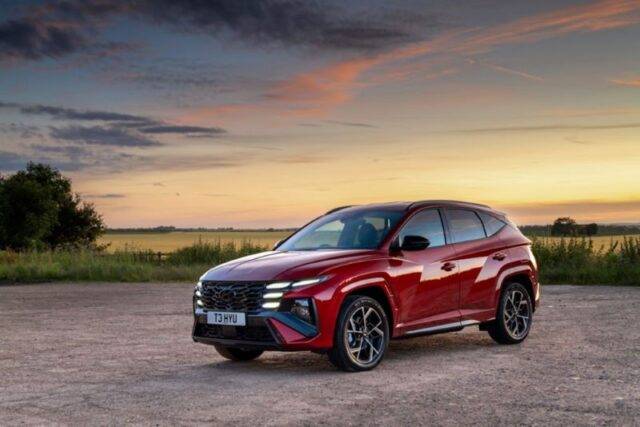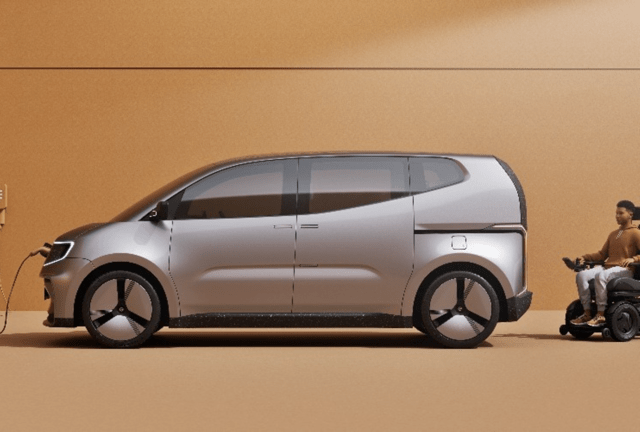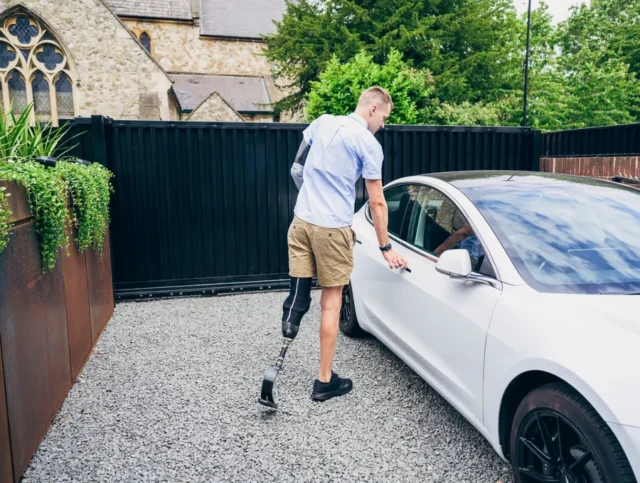Back To School: Choosing The Right Vehicle For Your Family
It’s great to be invited back on Mobility in Motion! This time, we’re focusing on helping families with disabled children, choosing the right vehicle to make everyday tasks – like the school run – easier. From standard cars with useful adaptations to Wheelchair Accessible Vehicles (WAVs), there are many options to ensure comfort, safety and convenience for your family. Let’s dive in!
Standard Vehicles: Can They Work For Your Family?
Standard vehicles can be adapted to suit the needs of disabled passengers. In fact, choosing a traditional car with built-in accessibility features and additional fitted adaptations often provides a flexible and budget-friendly solution for most families that need it.
Accessibility Features
When searching for a new vehicle, it’s important to consider the accessibility features that already come with the car. For example, you might want to look for a car with a high roof, low floor, wide-opening doors and spacious footwells. These simple design elements will make getting in and out of the vehicle easier and more comfortable. A vehicle with a roomy interior also means that any adaptations, such as swivel seats or hoists, will have the space they need to be safely installed and used.
User-Friendly Technology
Modern vehicles are equipped with technology that improves overall accessibility. Features like electrically-adjustable seating controls, voice-activated systems, automatic sliding doors and powered boot opening/closing functions all help make the vehicle more user-friendly for disabled passengers. These features can improve both entry and exit as well as in-car comfort, whether on the school run or during a weekend trip.
Adaptation Options
While accessibility features and user-friendly technology have come a long way, specialist vehicle adaptations remain crucial in providing full accessibility and comfort for many disabled passengers. Some of the key vehicle adaptations to consider include:
- Person Hoists: Fitted with a sling, person hoists safely lift passengers in and out of the vehicle without requiring a caregiver to manually transfer them.
- Swivel Seats: These seats rotate up to 90 degrees and can lower outside the vehicle, allowing for easier transfers. There is even a wheelchair swivel seat system which allows for a complete lifting-free transfer solution.
- Transfer Plates: A stable platform that bridges the gap between the seat and door frame, transfer plates help passengers pivot and move more easily when getting in or out.
- Seat Extenders: These can be installed to increase the range of movement for the seat, offering additional space for users who find it difficult to bend their legs when getting in and out.
- Boot Hoists: If your passenger uses a wheelchair or mobility scooter, a boot hoist is an essential tool. It allows for easy lifting, storage and transport of these mobility devices.
Wheelchair Accessible Vehicles (WAVs)
For families who need more complex and specialist accessibility features, WAVs are often a great choice. These vehicles are specially adapted to allow wheelchair users to travel without needing to transfer out of their chairs. Some key features of WAVs include:
- Ramp or Lift Access: The vehicle is equipped with either a ramp or a lift, making it easier to get in and out without straining or requiring manual lifting.
- Flexible Seating Arrangements: Many WAVs allow for customised seating, giving room for both wheelchair users and other passengers.
- Low Floors for Easy Access: WAVs typically have lower floors, providing additional headroom and making it simpler for wheelchairs to be secured safely.
So, whether it’s getting your child to school on time or planning a weekend getaway, a WAV means that journeys are more comfortable for both the driver and passengers.
For families considering budget-friendly options, there are hundreds of second-hand WAVs from UK accredited suppliers listed on MotaClarity – from rear passenger models (where the wheelchair user sits in the rear of the vehicle), through to ‘up-front’ versions where the wheelchair user can sit up-front next to the driver.
Alternatively, you can also explore the option of getting a brand-new WAV through the Motability Scheme, ensuring your vehicle is tailored to your exact needs.
Extras To Consider When Choosing A Vehicle
When choosing a vehicle, it’s also important to think about the day-to-day requirements of your family. For instance:
- Space: Ensure there’s enough room for any equipment or accessories, such as wheelchairs, medical devices or even extra luggage for weekend trips.
- Comfort: Long drives can be challenging for children, so choosing a vehicle with additional comfort features like extra legroom or climate control could make a big difference.
- Safety: Ensure that the vehicle has appropriate safety features like child safety locks, power window locks and occupant-sensing seatbelt technology.
Making The Right Choice For Your Family
Choosing the right vehicle is about balancing the unique needs of your family with practical considerations like budget and availability. Whether you opt for a standard vehicle with adaptations or a WAV, the right vehicle will make the school run and weekend adventures easier and more enjoyable for everyone.
We’d like to thank Mobility in Motion again for allowing us to collaborate on this post. For more useful disability motoring news and reviews, head over to MotaClarity. To explore more about vehicle adaptations, visit Mobility in Motion.

Accessible travel
The Best Cars Currently Available On The Motability Scheme
The Motability Scheme is fantastic for disabled people, providing them with the opportunity to lease a brand-new car using their qualifying Mobility Allowance. With so many…

Accessible travel
The Future of Electric WAVs: Overcoming Challenges & Embracing Accessibility
Discover the challenges of Electric Wheelchair Accessible Vehicles (eWAVs) and how our innovative adaptations are paving the way for accessible EVs today. Explore our insights into…

Driving with adaptations
Cost-Effective and Reliable Driving Aids for Amputees: Our Recommendations
Life after limb loss and amputation doesn’t have to mean the end of driving. Although it can affect your mobility and driving ability, there are a…